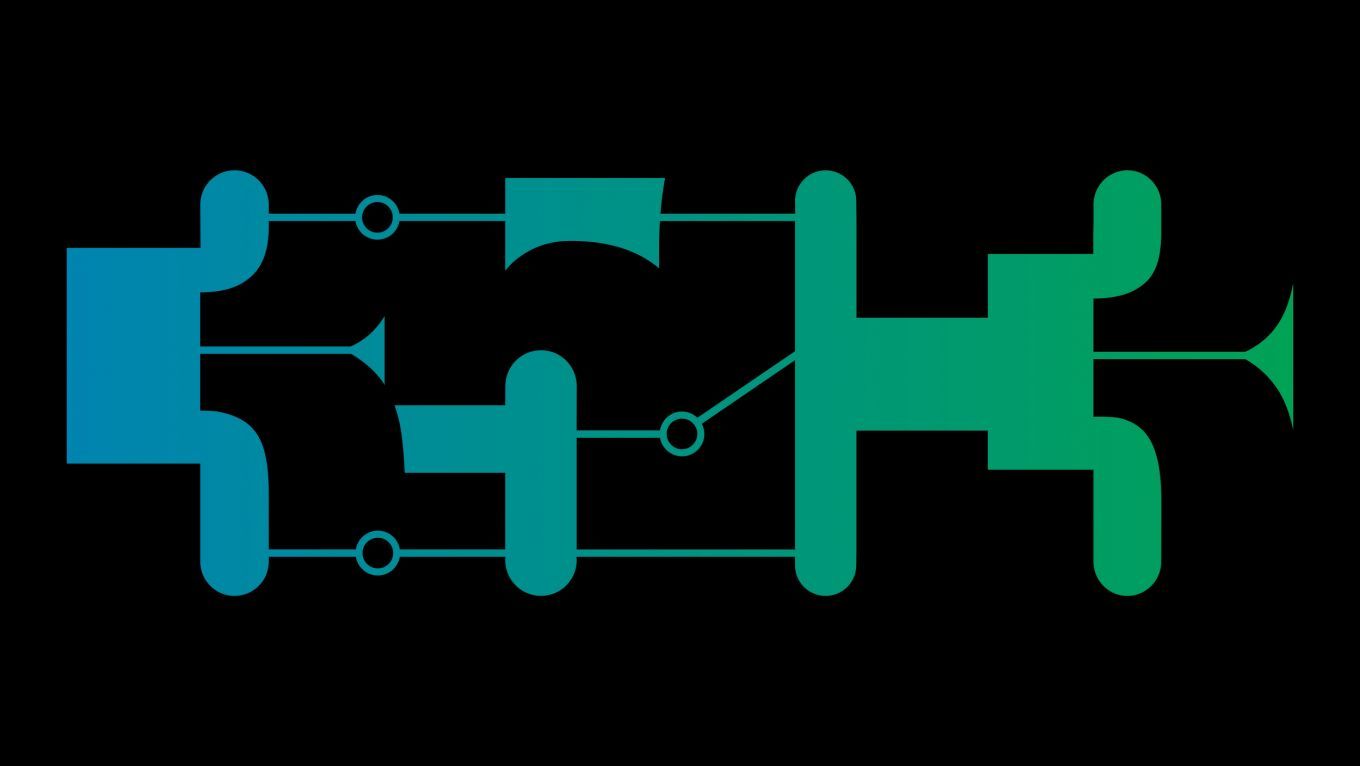Security
The year in post-quantum crypto
December 28, 2018
11:30 PM – 12:30 AM Add to calendar
11:30 PM – 12:30 AM Add to calendar
Dijkstra
The world is finally catching on to the urgency
of deploying post-quantum cryptography:
cryptography designed to survive attacks by quantum computers.
NIST's post-quantum competition is in full swing,
and network protocols are exploring post-quantum extensions.
This talk will take the audience on a journey
through selected recent highlights
from the post-quantum world.
Post-quantum cryptography has become one of the most active
areas in cryptography,
trying to address important questions from potential users.
Is post-quantum cryptography secure?
In the first ten months of this year
we have seen several serious breaks
of submissions to the NIST competition.
At this point, out of the original 69 submissions,
13 are broken and 8 are partially broken.
Are the remaining 48 submissions all secure?
Or is this competition a denial-of-service attack
against the cryptanalysis community?
NIST will select fewer candidates for the 2nd round,
but it is not clear whether there is an adequate basis
for judging security.
Does post-quantum cryptography provide
the functionality we expect from cryptography?
For example,
the original Diffie-Hellman system
provides not just encryption
but also more advanced features
such as non-interactive key exchange
(not provided by any NIST submissions)
and blinding.
The era of post-NIST post-quantum cryptography has begun
with the exciting new CSIDH proposal,
which has non-interactive key exchange
and is smaller than any NIST submission,
but uses more CPU time and needs much more study.
Is post-quantum cryptography small enough?
Even for network protocols that rely purely on encryption,
integration remains a major problem
because of the bandwidth requirements of most post-quantum systems,
especially the post-quantum systems
with the strongest security track records.
Experiments with integration of post-quantum cryptography into TLS
have focused on encryption without post-quantum authentication.
A new generation of network protocols
has been designed from the ground up for full post-quantum security.
Is post-quantum cryptographic software fast enough,
and is it safe to use?
Adding post-quantum cryptography
to the cryptographic software ecosystem
has produced a giant step backwards in software quality.
Major areas of current activity include
software speedups,
benchmarking,
bug fixes,
formal verification,
patent avoidance, and
development of post-quantum software libraries
such as Open Quantum Safe and libpqcrypto.
The talk will be given as a joint presentation
by Daniel J. Bernstein and Tanja Lange.
Additional information
| Type | lecture |
|---|---|
| Language | English |
More sessions
| 12/27/18 |
Since a few months we have a new version of TLS, the most important encryption protocol on the Internet. From the vulnerabilities that created the need of a new TLS version to the challenges of deploying it due to broken devices this talk will give an overview of the new TLS 1.3.
|
| 12/27/18 |
UEFI rootkits have been researched and discussed heavily in the past few years, but sparse evidence has been presented of real campaigns actively trying to compromise systems at this level. Our talk will reveal such a campaign successfully executed by the Sednit group. We will detail the full infection chain showing how Sednit was able to install their custom UEFI module on key targets' computers. Additionally, we will provide an in-depth analysis of their UEFI module and the associated ...
|
| 12/27/18 |
Meet SiliVaccine – North Korea's national Anti-Virus solution. SiliVaccine is deployed widely and exclusively in the DPRK, and has been continuously in development by dedicated government teams for over fifteen years. When we heard of this strange software, we were immediately driven to investigate it: it's not every day that you can catch a glimpse of the malware landscape inside the closed garden of the DPRK's intranet. In this talk, we will describe how we were able to obtain a rare copy of ...
|
| 12/27/18 |
In this presentation we will take a look at how to break the most popular cryptocurrency hardware wallets. We will uncover architectural, physical, hardware, software and firmware vulnerabilities we found including issues that could allow a malicious attacker to gain access to the funds of the wallet. The attacks that we perform against the hardware wallets range from breaking the proprietary bootloader protection, to breaking the web interfaces used to interact with wallets, up to physical ...
|
| 12/27/18 |
Voicemail systems can be compromised by leveraging old weaknesses and top of current technology. The impact goes way beyond having your messages exposed.
|
| 12/27/18 |
Die Venenerkennung ist eine der letzten Bastionen biometrischer Systeme, die sich bisher der Eroberung durch Hacker widersetzt hat. Dabei ist sie ein lohnendes Ziel, schützt sie doch Bankautomaten und Hochsicherheitsbereiche. In diesem Talk machen wir die Verteidigungsanlagen dem Erdboden gleich.
|
| 12/27/18 |
We all know what FAX is, and for some strange reason most of us need to use it from time to time. Hard to believe its 2018, right? But can FAX be something more than a bureaucratic burden? Can it actually be a catastrophic security hole that may be used to compromise your entire network? Come watch our talk and find out …
|

